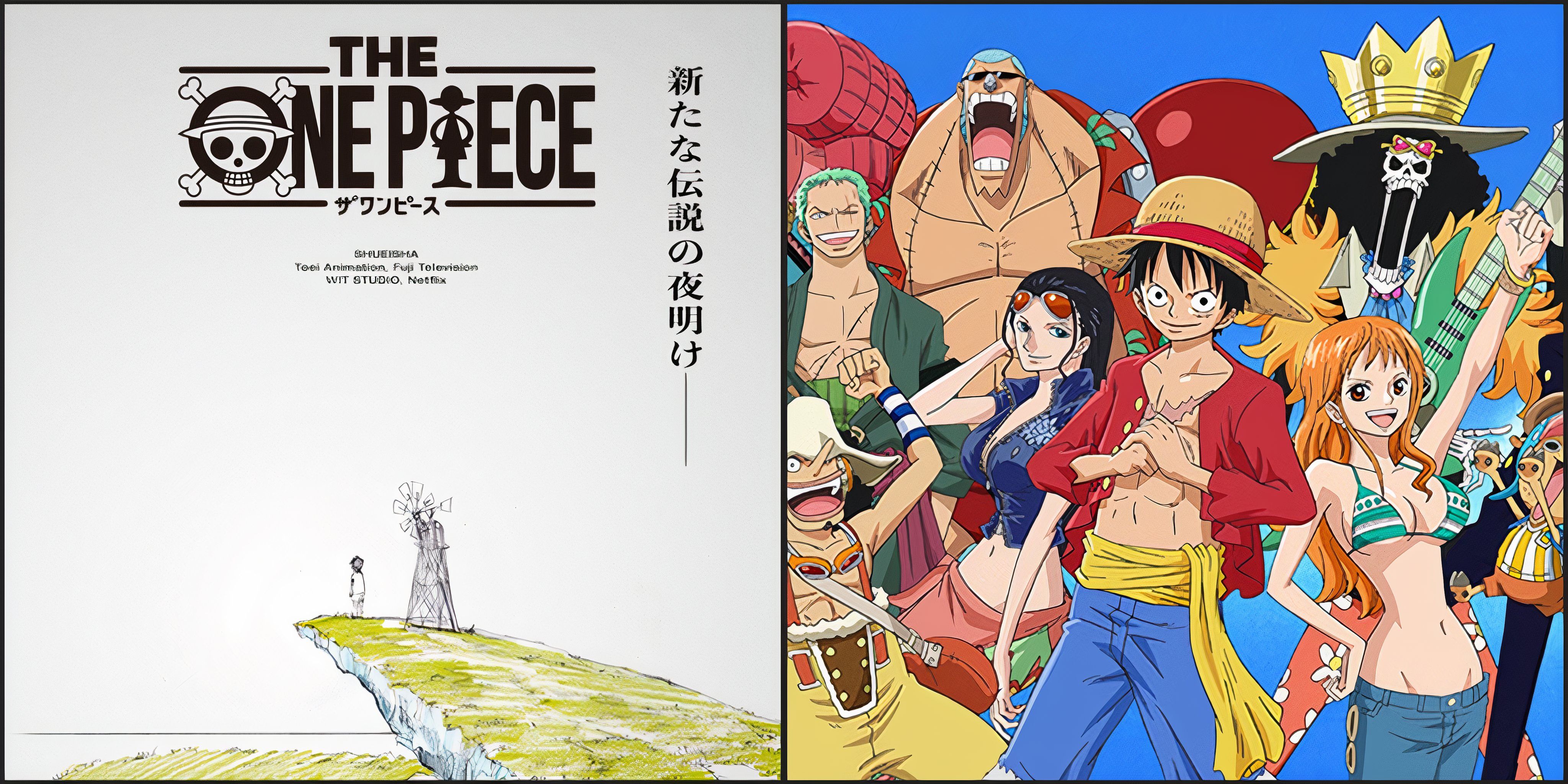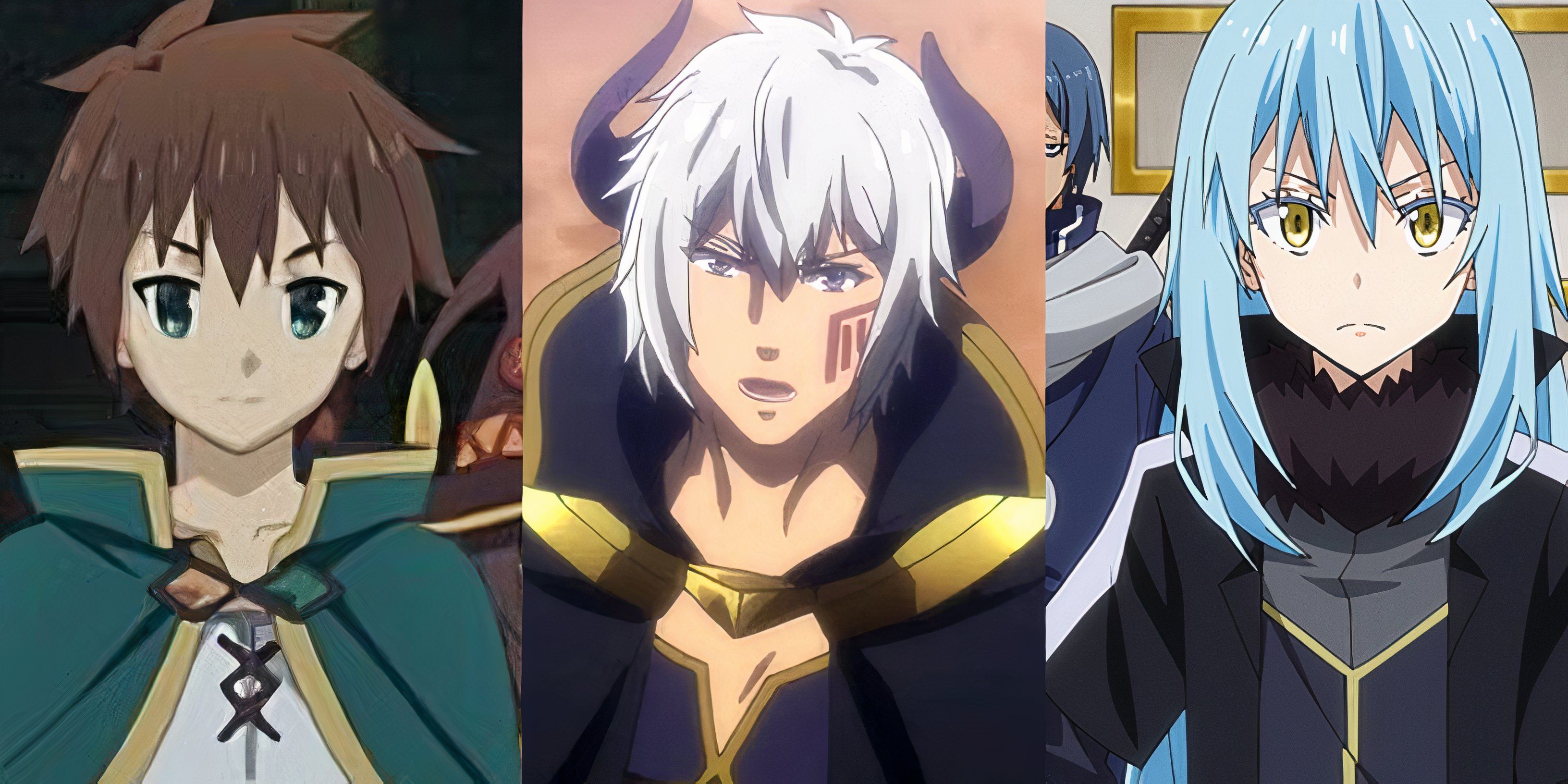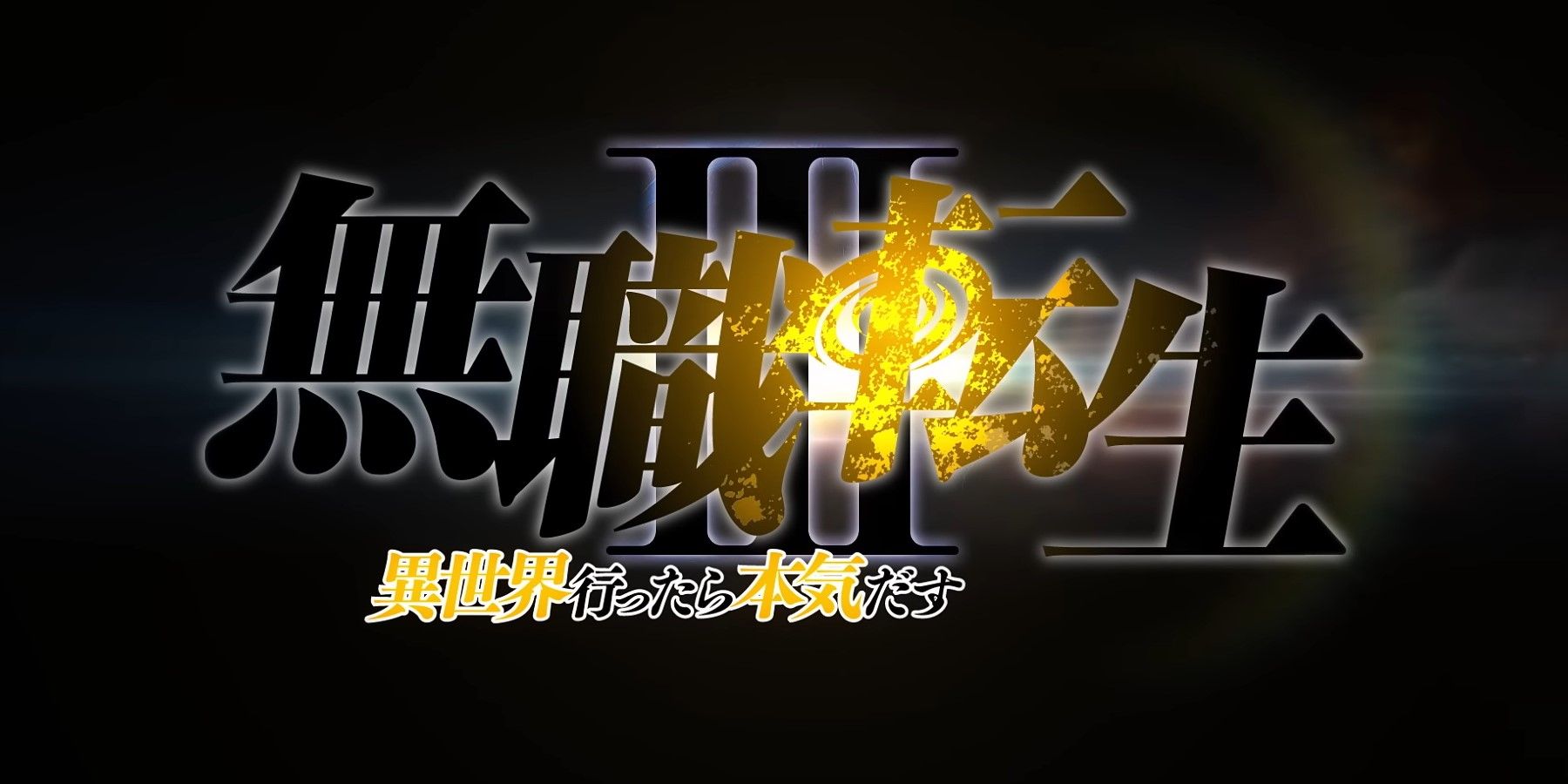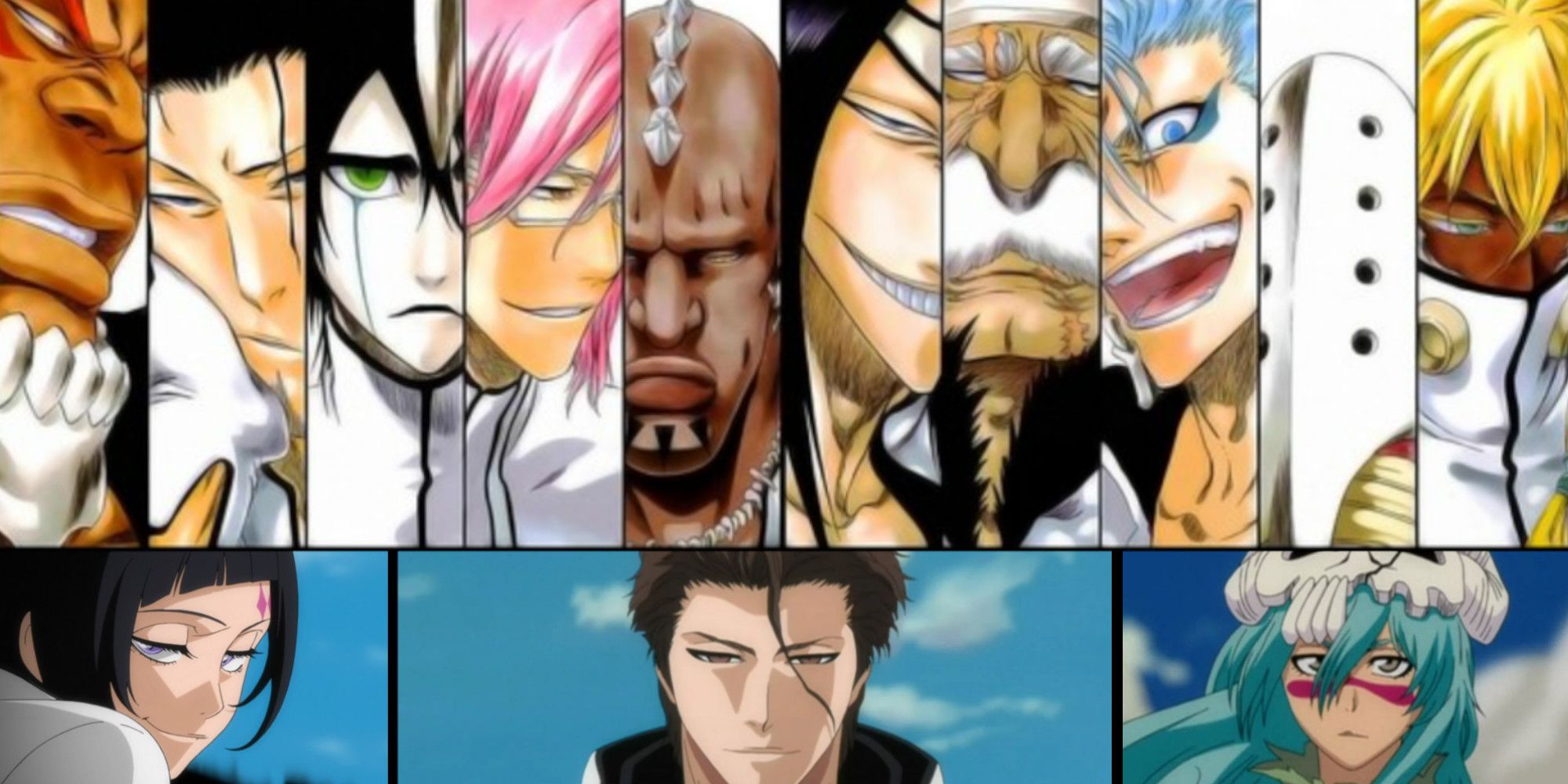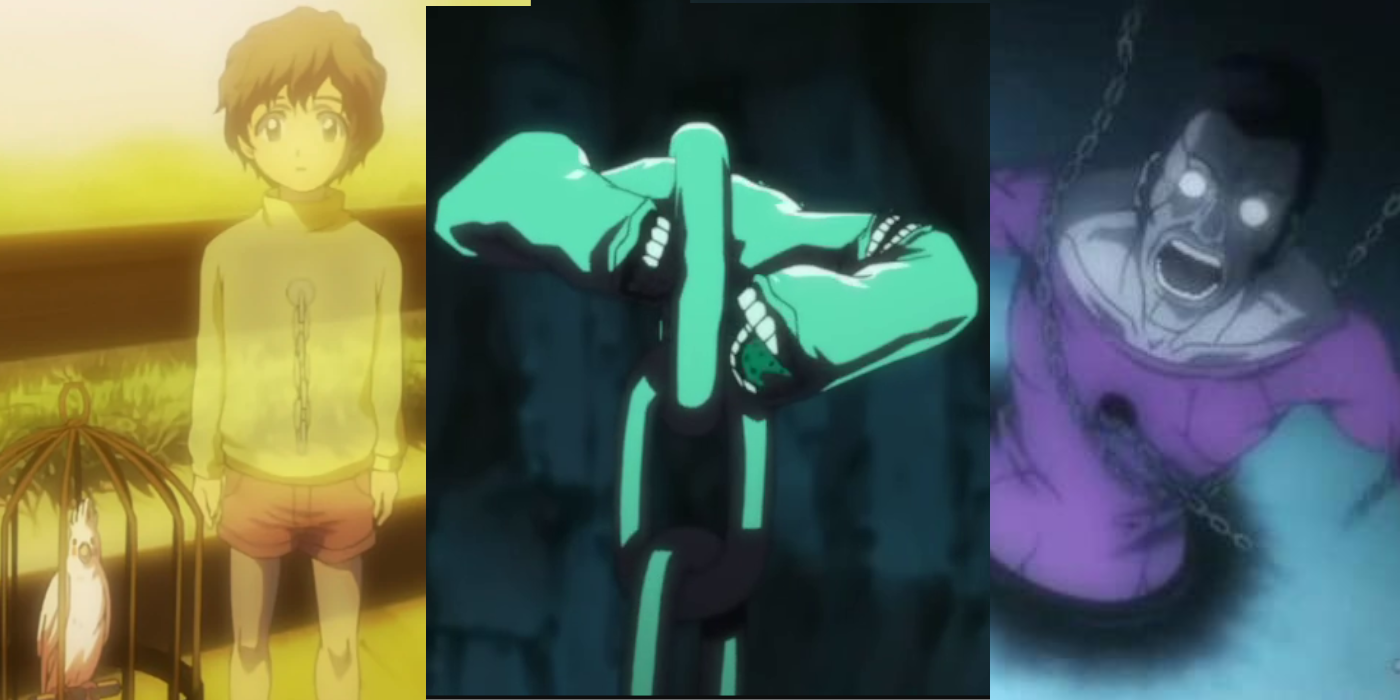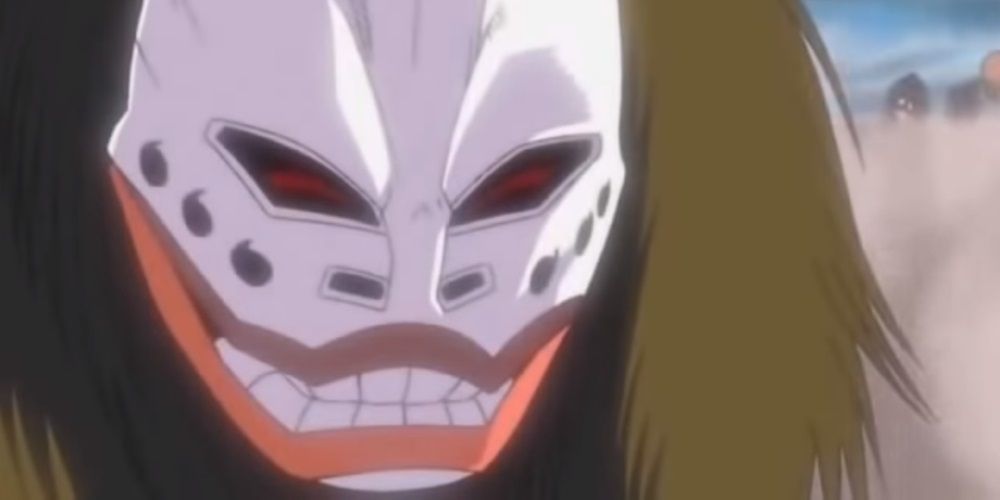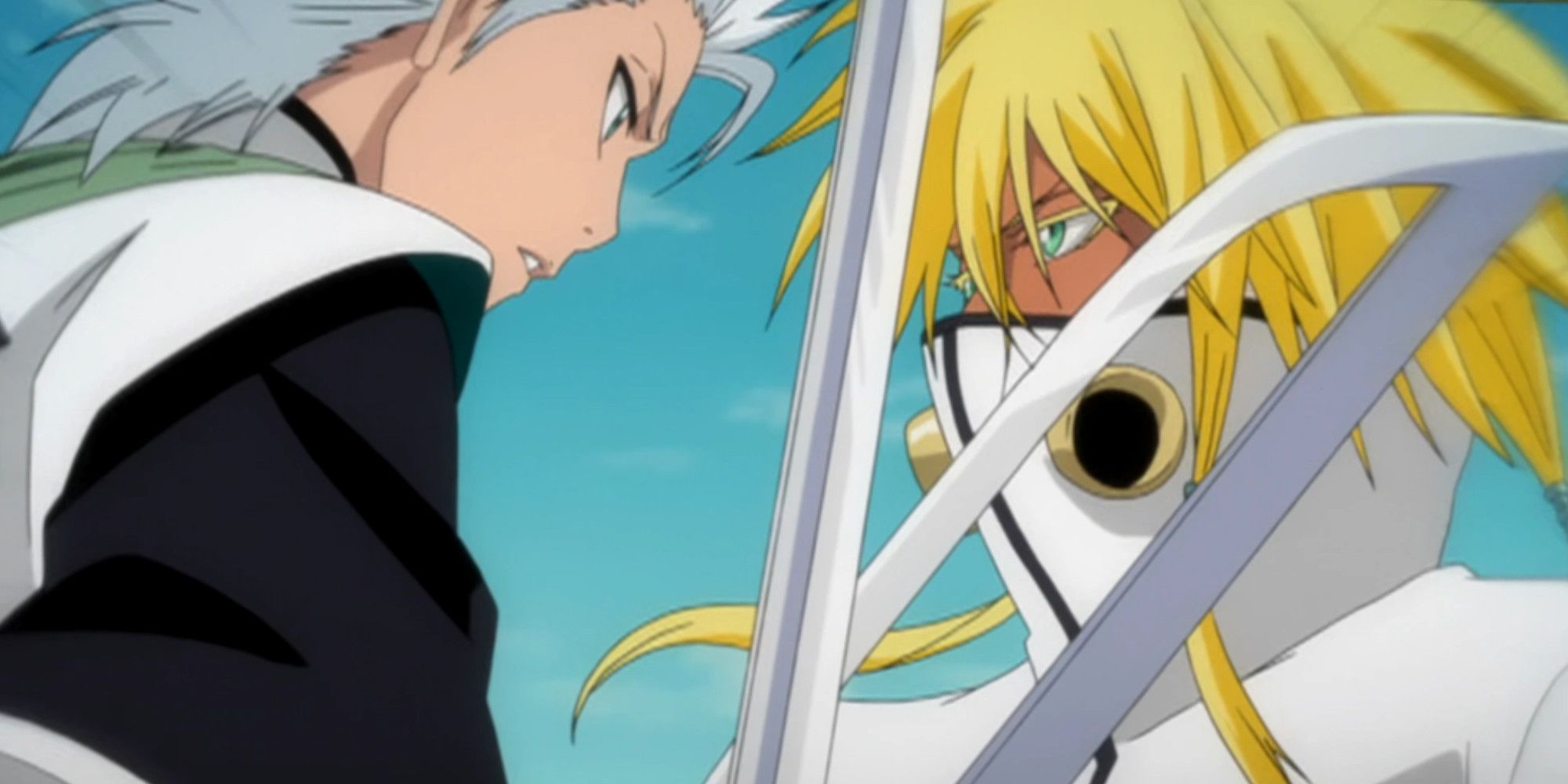Highlights
- Urahara's research into the Resurrección transformation is central to the Shinigami's response to the Quincy invasion in the Thousand-Year Blood War arc of BLEACH.
- The Chain of Fate represents the attachments that a Plus (human soul) has, and if their regrets are focused on a person, their Chain of Fate will coil itself around that person, making the Plus obsessed.
- Arrancar are Hollows that have torn off fragments of their masks and gained Shinigami-like powers, including the ability to use Resurrección, which is seen as the Hollow equivalent of a Bankai.
The following contains spoilers for BLEACH: Thousand-Year Blood War Part 2, available to stream on Hulu and Disney+.
In the climactic Thousand-Year Blood War arc of Tite Kubo's BLEACH, various concepts and characters from arcs past regain relevance in the war between the Shinigami and the Quincies. One element that ends up being central to the Shinigami's response to invasion is Urahara's research into the mechanics behind the Bankai-plundering medallions is none other than the transformation accessed by the Arrancar – the Resurrección. What is it, and why is it so important in the Thousand-Year Blood War arc?
Fate
As introduced in the very beginning of the series, Hollows are the corrupted souls of Humans that were not able to pass over to Soul Society for various reasons. The basic premise goes that the longer that a human soul (or "Plus") spends in the human world, the greater its chances of being consumed by Hollows, or becoming one through losing themselves to despair, regret or other intense feelings. When a person dies, their soul has a chain firmly attached to their chest that slowly corrodes over time, coinciding with the slow dissipation of their attachments to this plane. The Chain of Fate is the manifestation of the attachments that the Plus has, and if their regrets in death are centred on a person, their Chain of Fate will coil itself around that person and make the Plus obsessed. Souls removed from their living bodies experience intense pain from the chain and feel the need to break it; however, doing so severs the connection to their body.
Encroachment refers to the slow corrosion of this chain that can be accelerated through giving in to despair, attack by Hollows and even use of supernatural powers. In the stage of encroachment, the chain gnashes and gnaws at its own links starting from the furthest point and as time goes on, the encroachment continues. The process cannot be halted, and once a Chain of Fate is completely encroached, the soul transforms into a Hollow, which then seeks to feast on the souls of the living and the dead. Once transformed, the former Plus becomes insatiable, seeking to fill the void brought on by its descent, and while the subject of a soul's obsession in life becomes their target upon Hollowfication, the majority of Hollows lack any reason nor intellect and soon become mindless beasts. Some of the more powerful Hollows will retain intelligence, the ability to speak, and in some rare cases, their memories. The purification of Hollows by Shinigami is central to the balance of the BLEACH universe, because in slaying them with Zanpakutō, the soul is purified and sent over to the afterlife to wait for its next incarnation.
Hollow
The term "Hollow" literally refers to the fact that these creatures have a hole somewhere on their bodies (usually their chests, where the chain of fate once was). Regardless of the hole's position post-transformation, the hole itself correlates with the soul's lost heart, which it now wears as a skull-like mask that hides its true identity, but as fKugo Ginjo explains during the Fullbring arc, the powers and general appearance of a Hollow are greatly tied to their hearts. There are various kinds of Hollow and their appearance varies; however, the kind of Hollow that becomes of major importance to the BLEACH storyline is the Menos Grande ("Big Minus", in Spanish). These are Hollows that have developed an internal void of such proportions that they can no longer be satiated by human souls. They feed on their fellow Hollows and become "Great Hollows" – the Menos Grande. There are three classes of Menos:
- Gillians are the weakest Menos class. They are enormous but lack any reason nor intellect, and all of them look like. Despite being the weakest and most common class of Menos, Rukia had never seen one in real life until after meeting Ichigo, and at that point it was surmised that a single Gillian could pose a problem for a Lieutenant. They attack in groups and possess standard Hollow abilities like arrival and escape through a dimensional gate; the famous beam blast called the Cero (Spanish for "Zero"). Despite lacking intellect nor personality, it is possible for a single Gillian to gain control over the collective and potentially evolve into the next class of Menos Grande.
- The Adjuchas class refers to intermediate Hollows that have evolved beyond the mindlessness of Gillians and are smarter and stronger as a result. Generally, they are the ones leading the Gillians in battle. They vary greatly in appearance much like lesser Hollows (not Gillians) do, and they even have their own varying abilities. Signature abilities of Adjuchas-class Hollows include use of Garganta, the void between Hueco Mundo, the World of the Living and other worlds in the BLEACH universe.
- Vasto Lordes are the peak in Hollow evolution, and take on far more human-like appearances. When Aizen uses the Hōgyoku with Vasto Lorde-class Hollows, the result is human-looking Arrancars – those who have torn off their masks.
Arrancar
Arrancar are described as Hollows that have torn off fragments of their own masks and gained Shinigami-like powers. They are even armed with a Zanpakutō that is capable of a release known as Resurección. It is possible for Menos lower classes to become Arrancar; however, the less evolved a Hollow upon meeting the mysterious reality-warping orb, the less human they appear as Arrancar, and the less reason they are touted to have as well. Examples of this include Aaroniero Aarurierie, who took on the form of former 13th Squad Lieutenant Kaien Shiba as a disguise to hide his true appearance, while Nnoitra Gilga possesses humanlike characteristics, but aptly, a praying mantis's disposition. Anyway, Resurrección is seen as the Hollow-equivalent of a Bankai due to the manner in which Hollow physiology matches that of Shinigami after undergoing the process of becoming an Arrancar – effectively, the Arrancar are the establishment of Hollows that have stepped into the realm of their polar opposite and possess the abilities of both.
This is the kind of stuff Aizen was experimenting with in the Hollowfication of Shinji Hirako and the group that became the Visored. Much like a Shikai, a Resurrección has a command phrase and a name for the "Zanpakutō" in question. The sword, like with the Shinigami, is a manifestation of the Hollow's soul sealed away in the form of a sword. When a Resurrección is activated, it reverts the Arrancar to its true Hollow form, hence the use of the Spanish word for "resurrection" in its naming. Because it holds the key to the full potential of the Arrancar in question, the Resurrección is analogous to the Bankai, and thus became a major key in Urahara's research into returning the stolen Bankai not only because of its similarity, but due to the toxicity of Hollow reiatsu in Quincies.

